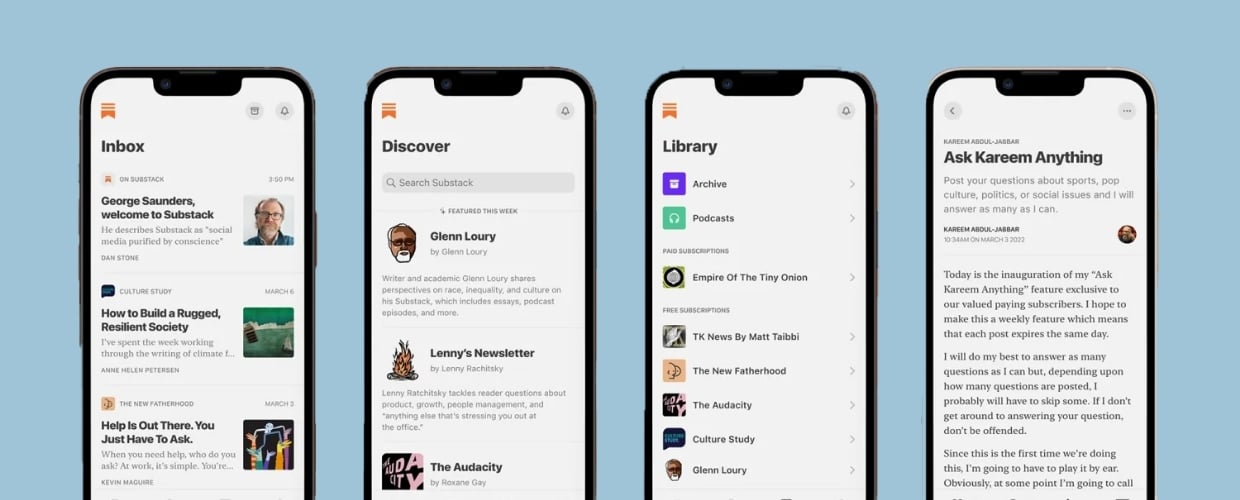An updated version of this blog can be found here.
In this fast-paced, email-heavy world, nothing compares to building relationships in person. When communicating with the press, face-to-face meetings are a great way to make the flow of information more dynamic and memorable. At Airfoil, we often recommend a media tour as an effective way to cultivate media relationships, establish spokespeople as thought leaders and share major announcements.
A media tour generally consists of a company spokesperson traveling to major media markets to conduct briefings and interviews with key reporters. Scheduling in-person meetings with a strategic list of reporters, editors, influencers and bloggers can be an invaluable way to form relationships and tell your story.
Whether your spokesperson has scheduled a trip for a conference or for the sole purpose of meeting with the media, here are a few valuable tips to keep in mind.
1. Media tours are about building relationships, not generating instant coverage. While an immediate story is a fantastic result, the primary objective of a media tour should be to build strategic relationships with reporters. The real value comes in meeting with journalists you otherwise wouldn't be able to speak with face-to-face, as well as keeping your company top-of-mind for future coverage. Because relationship-building is the objective, you don’t need a product release or big announcement to consider a media tour -- although it certainly does help. Use these tours as an opportunity to introduce reporters to your company, dispel any misconceptions they may have, and share insights on relevant industry trends. Establish your brand as a trusted source to contact in the future.
2. Plan for everything. Media tours are as unpredictable as they are valuable. Regardless of how many times you’ve confirmed the meetings, planned the route with your car service, and checked on your reservations, something will go awry. Before the tour begins, list every scenario that could go wrong, and come up with a Plan B just in case. If a reporter cancels last minute, have a conference room booked at a nearby co-working space for the team to get some work done. If the proposed café is too loud or crowded for an interview, have an alternate location a few blocks away. As long as you’ve got a back-up plan, you’ll be able to adapt to any situation thrown your way.
3. Prepare for off-the-cuff questions. In-person interviews tend to be trickier than phone interviews. There’s more pressure when you’re face-to-face with a reporter, and body language adds a whole new dimension to the dialogue. Prepare a briefing book that includes background information on each reporter, key messages and fast facts on industry trends. And be sure to prepare your executive with a “rude Q&A.” A rude Q&A consists of every off-the-cuff question that may stump your executive or put them in a bad position if answered under pressure. Was there a less-than-flattering article about the company or spokesperson 10 years ago? Is your competitor in the news for their political beliefs? Always assume these topics will come up, and have a prepared, well-rehearsed response that points back to established brand values.
Overall, media tours can be a lot of work, but if executed correctly, they are undoubtedly one of the best ways to introduce your company and its thought leaders to the media. While they may not lead to immediate stories, it’s the one-on-one relationship building that will earn you coveted coverage in the months -- and years -- to come.
Need help planning your media tour? Send us a note. We’d love to partner with you!




